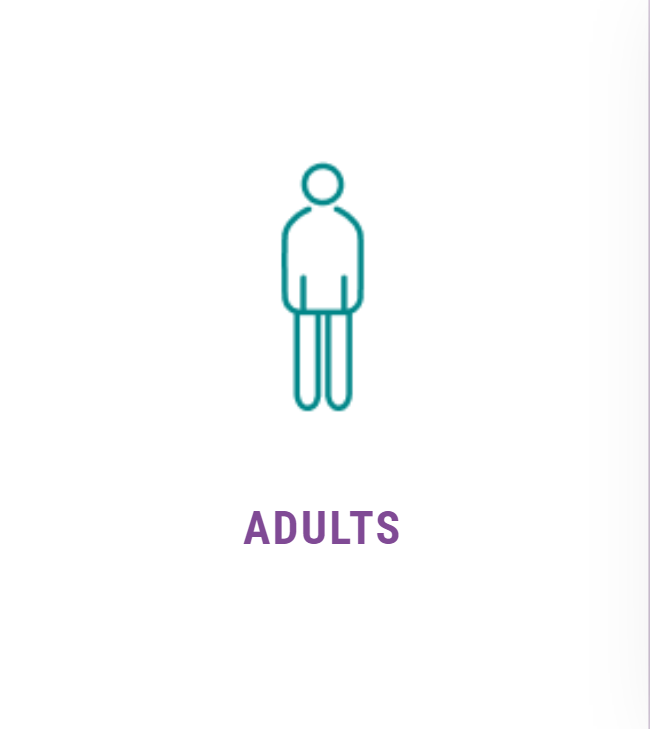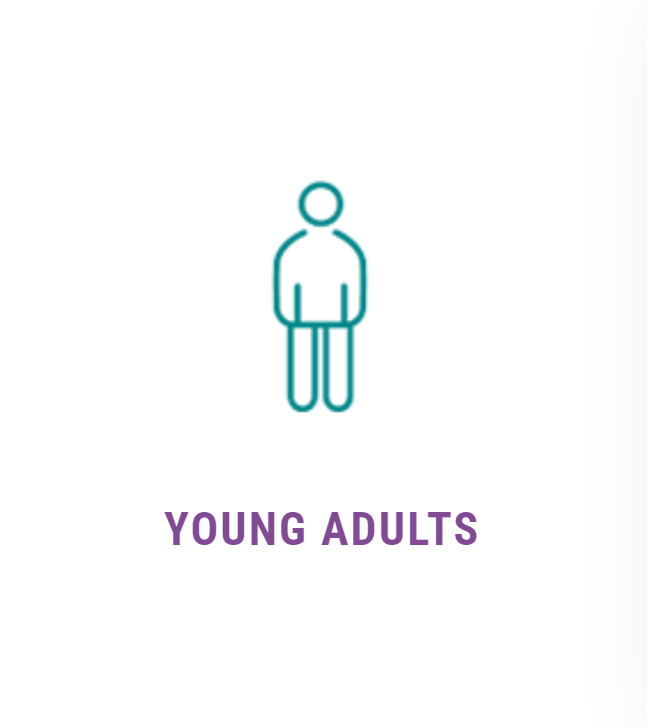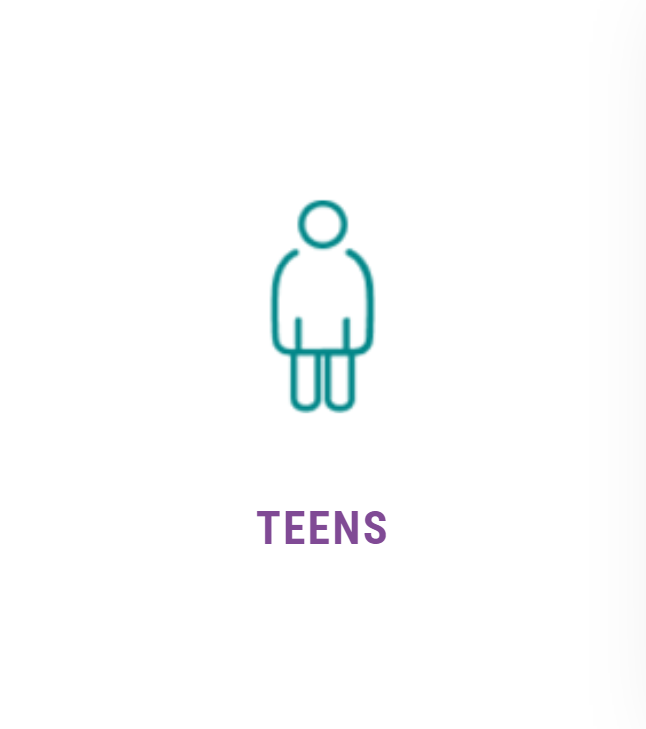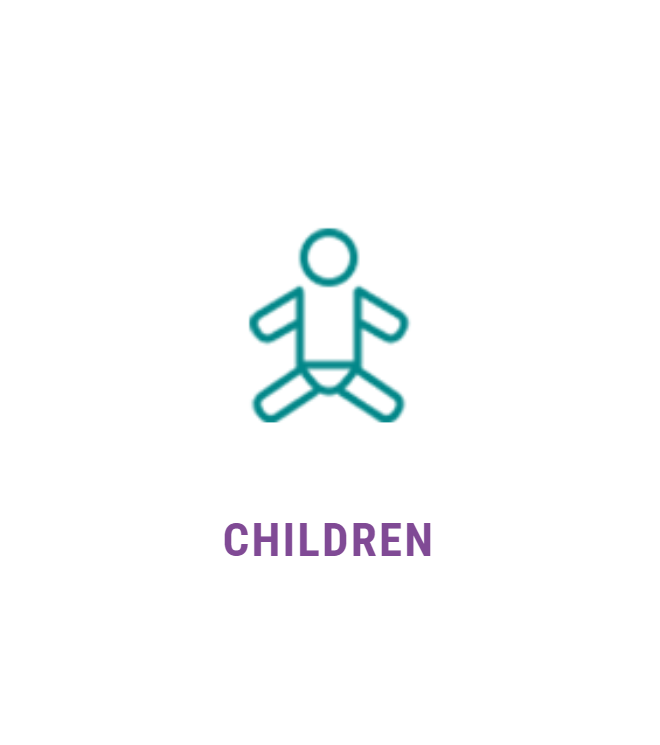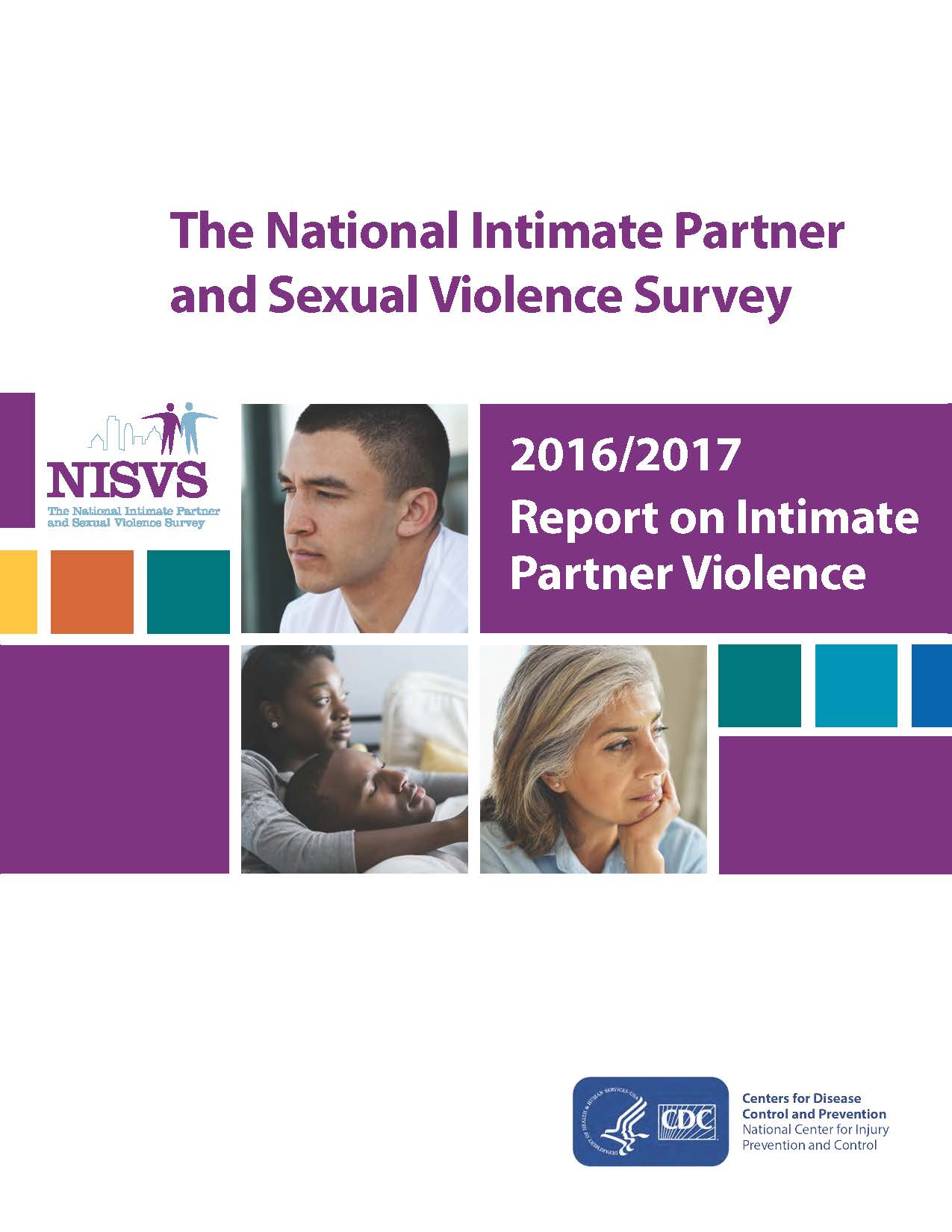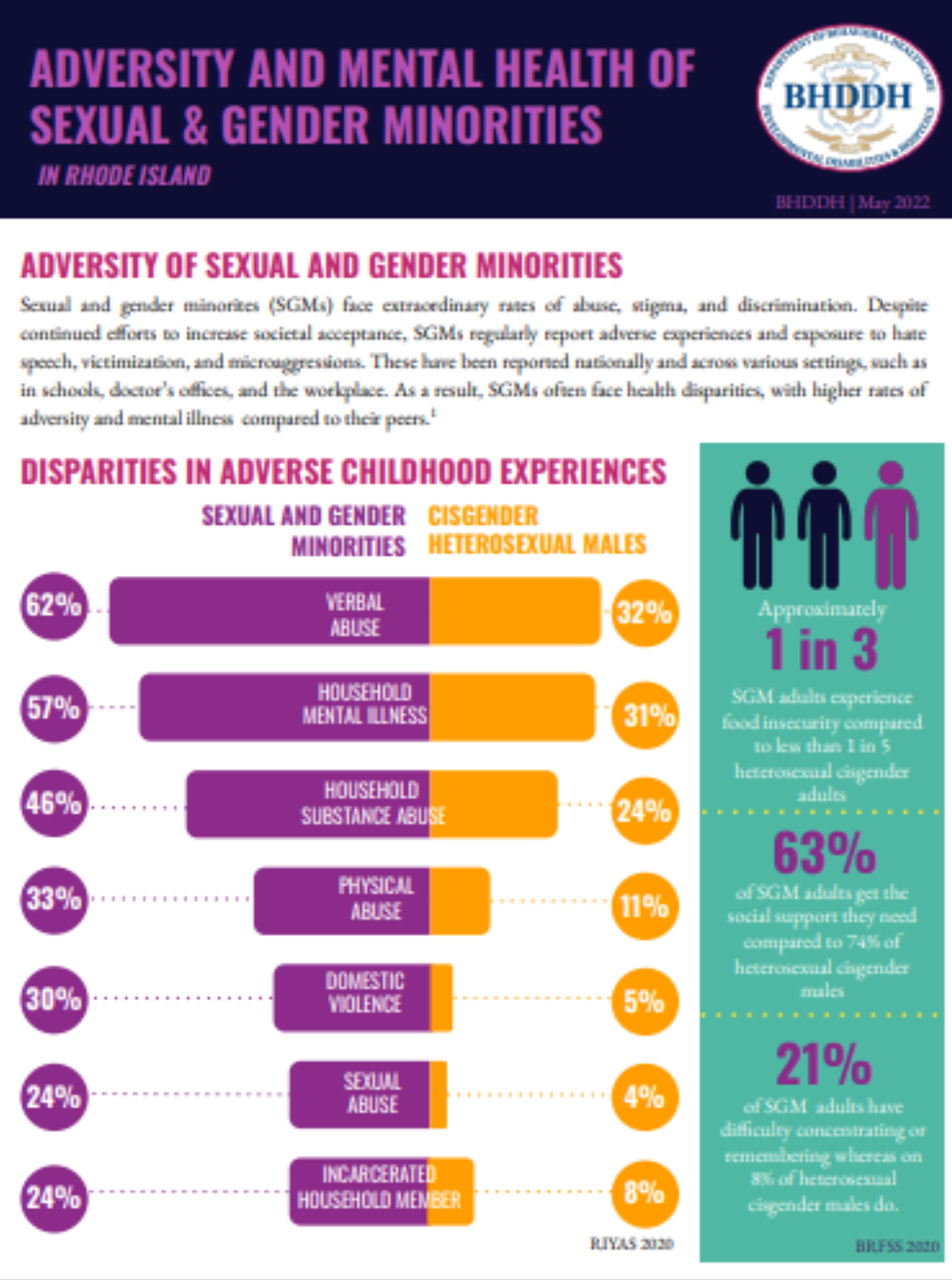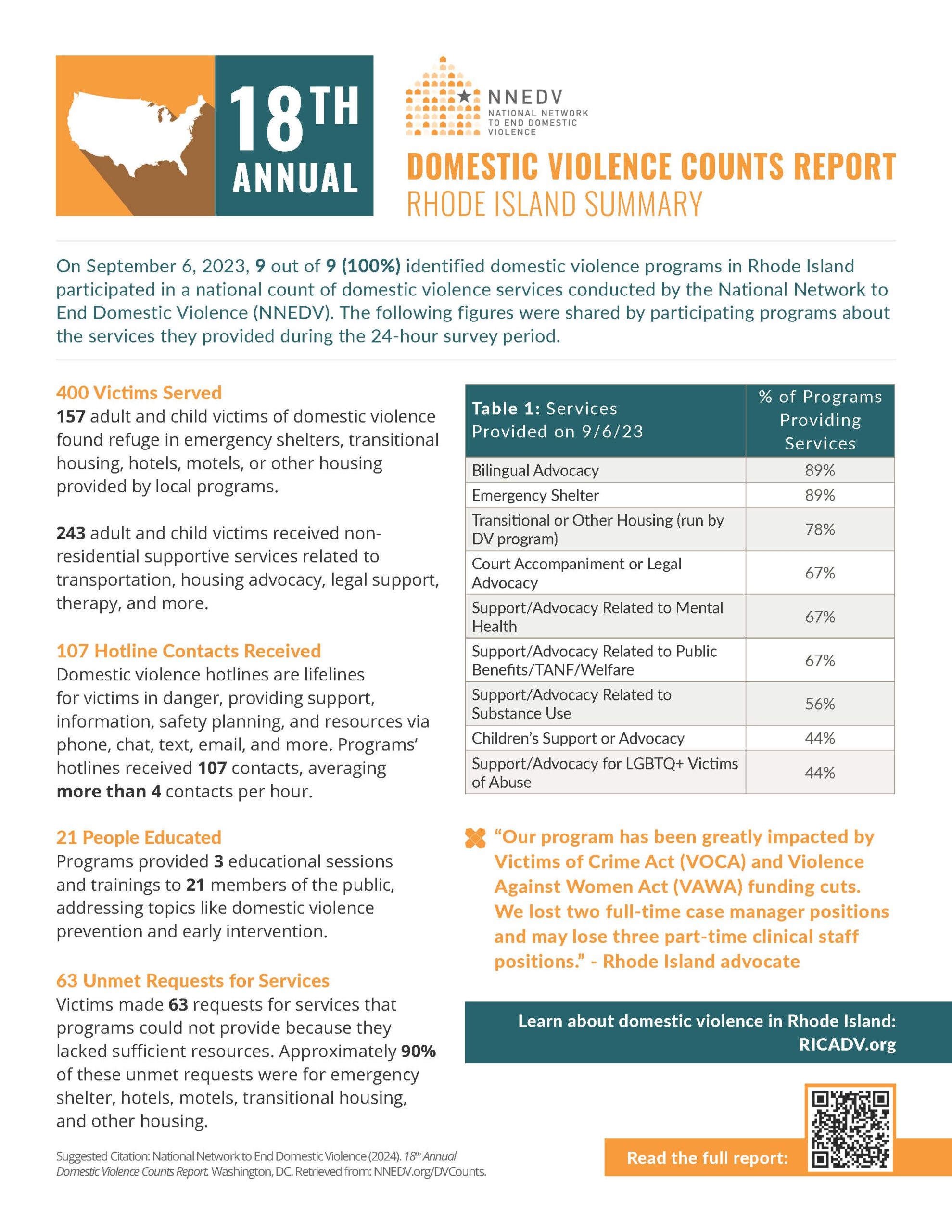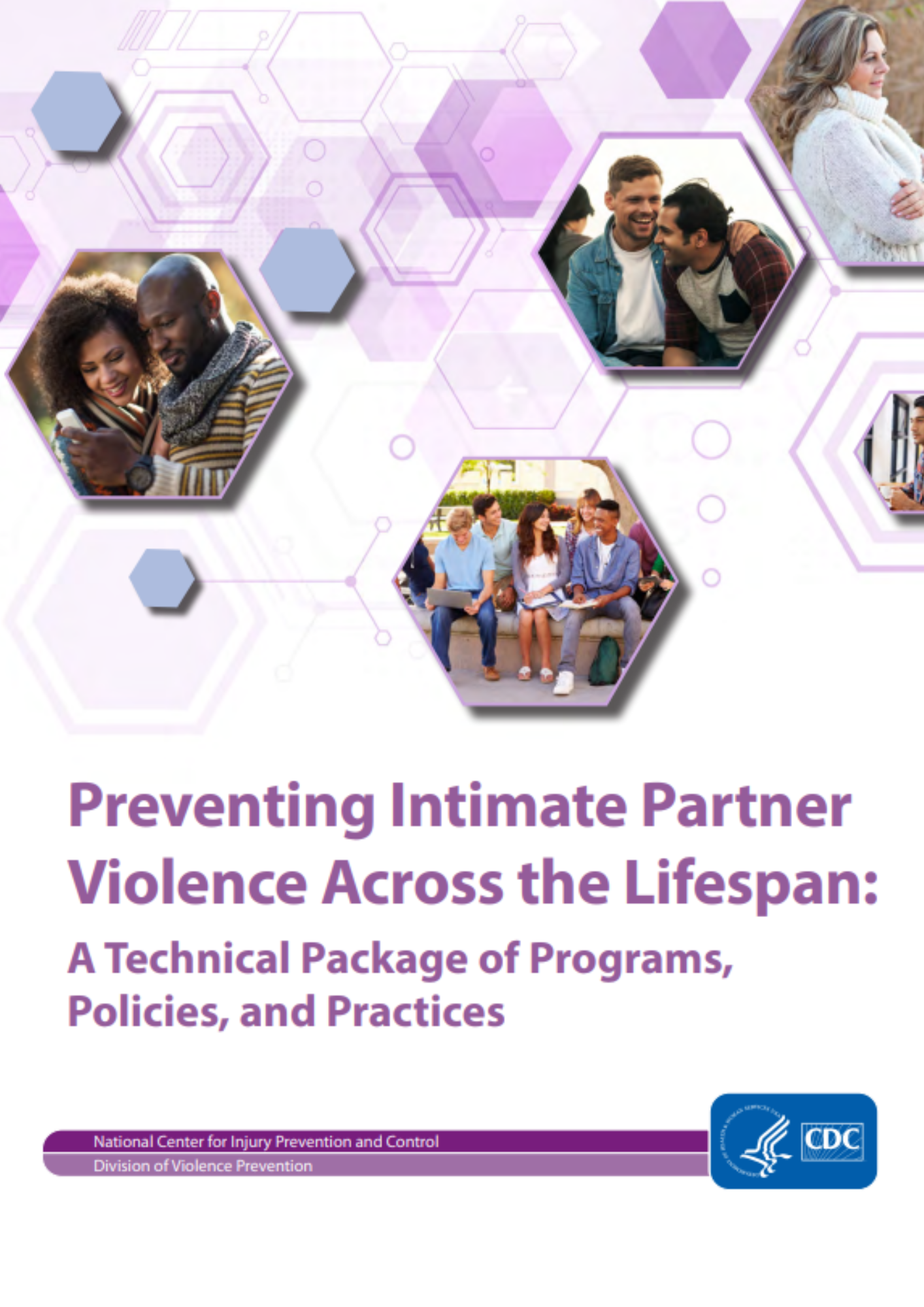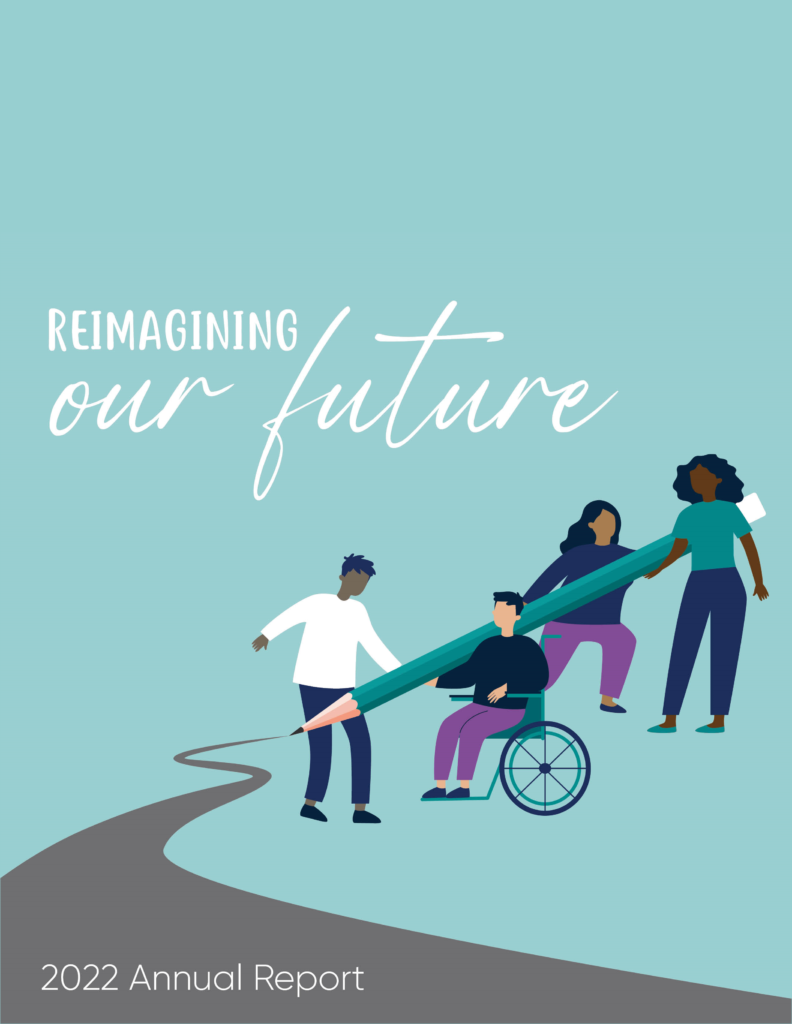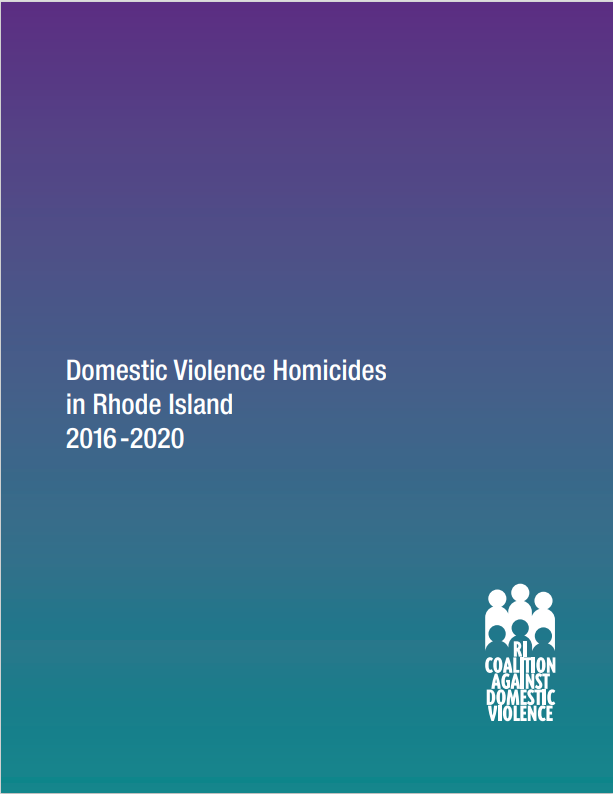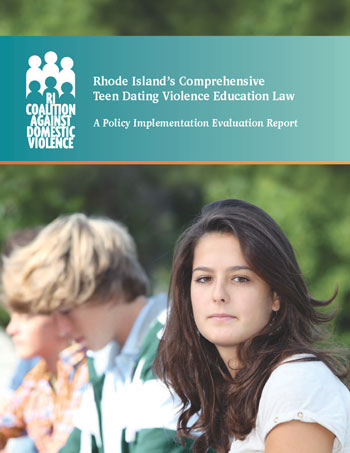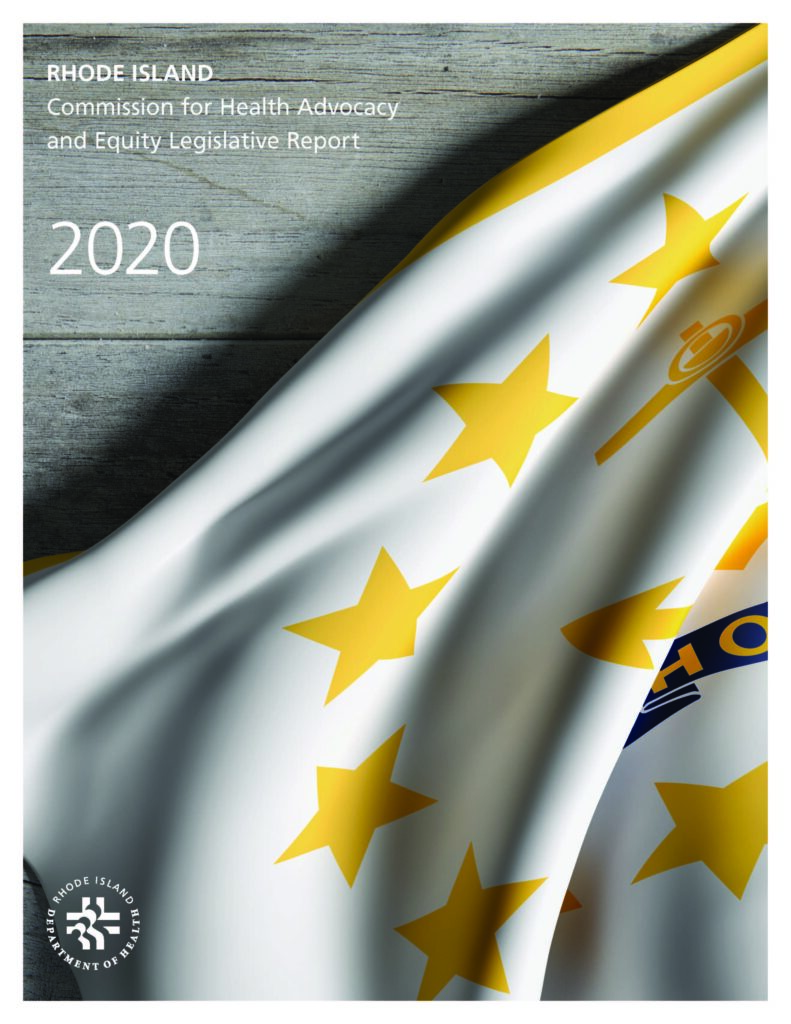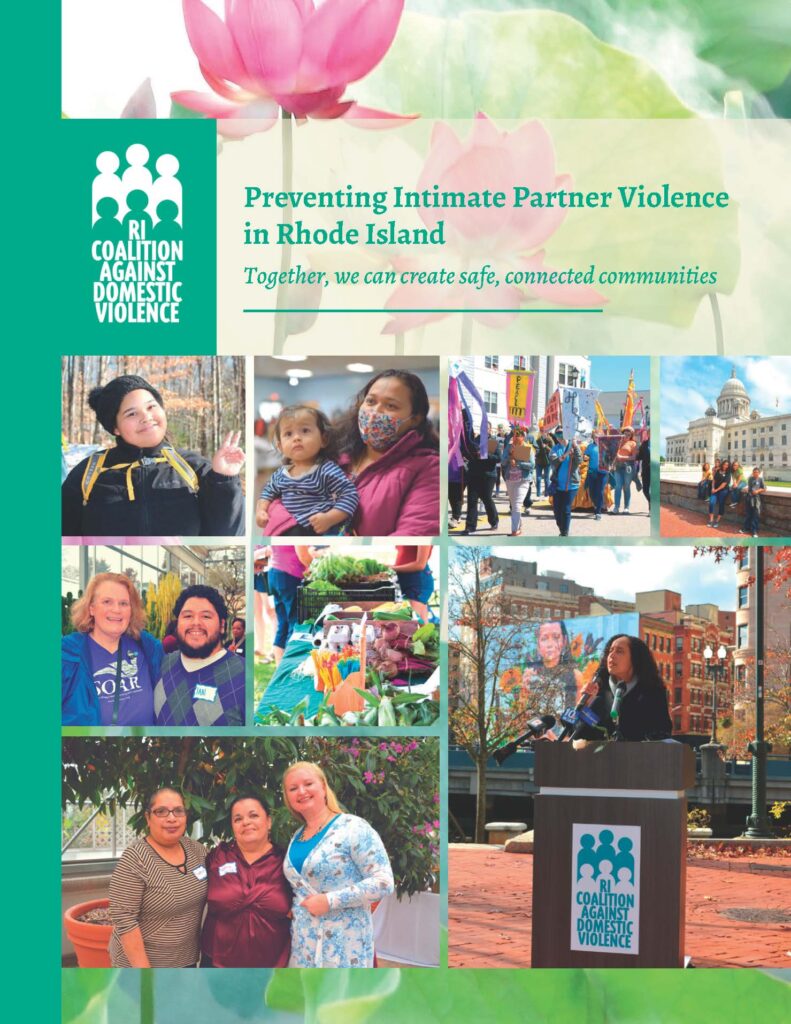Rhode Island Data Dashboard on Domestic Violence
Welcome to the Rhode Island Data Dashboard on Domestic Violence, created by the Rhode Island Coalition Against Domestic Violence in collaboration with our partners. Using the best available data, this dashboard contains data points that describe the problem of domestic violence in Rhode Island. It also includes data related to factors that increase the risk of domestic violence, such as economic insecurity, or that help protect against it, such as access to safe, affordable housing.
By better understanding and utilizing the data we have, we can strengthen our response and prevention efforts in our state. We can better serve and support survivors of abuse and enhance the ways we work together to prevent domestic violence before it happens in the first place.
Click the blue “Accessibility” button on the right of this page to translate this entire page into over 50 languages, change the text size, or listen to the text.
Data Across Age Groups
Creating safe and supportive communities
When we have policies and environments that support families and communities to thrive, domestic abuse is less likely to happen, and where children, families, and all people can live their best lives, free from violence. Click on the bubbles to reveal more information about each subject. (Best viewed on a desktop.)
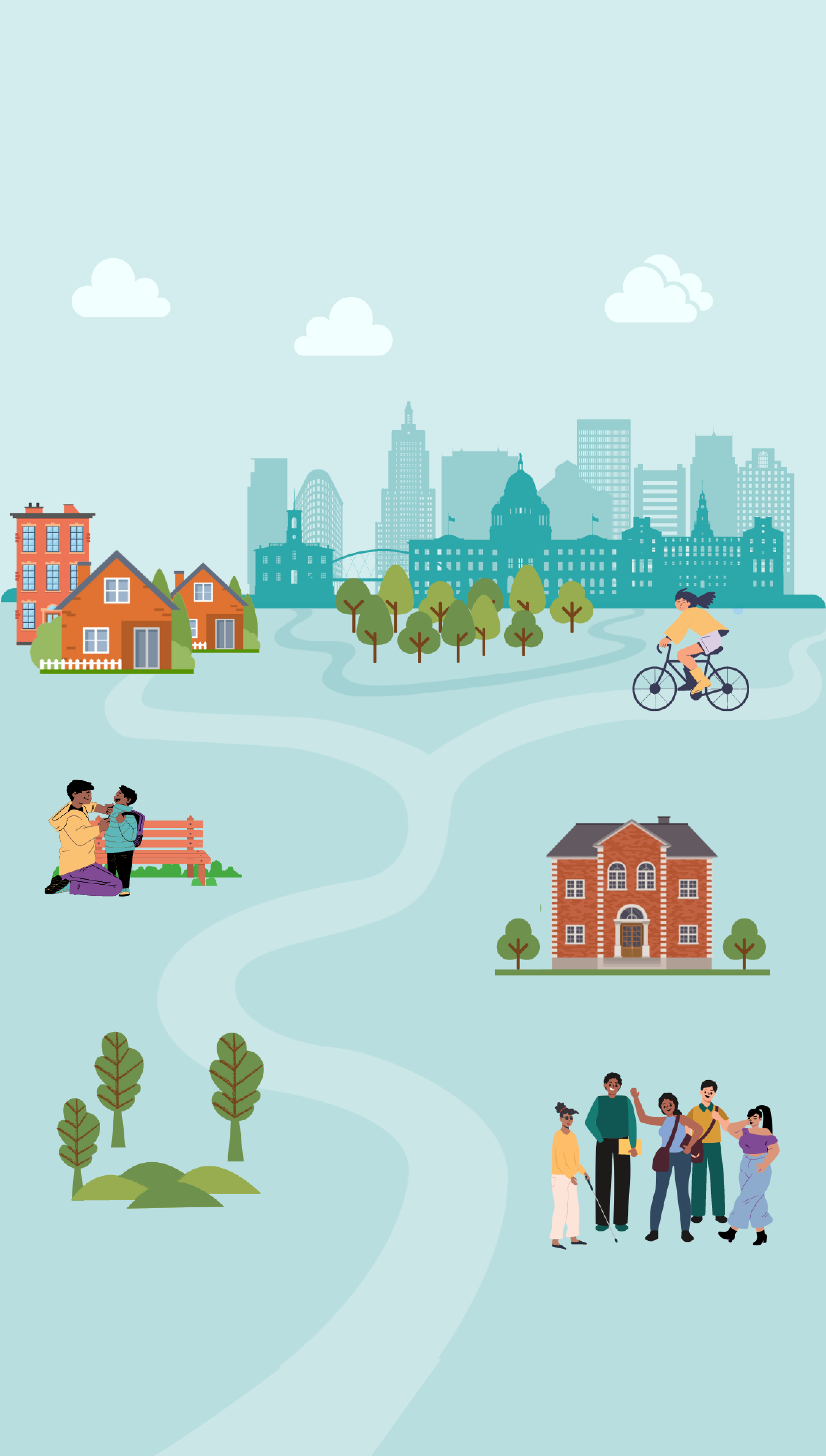

The lack of safe, affordable housing is one of the primary barriers that survivors of domestic violence face when they choose to leave an abusive partner.
Domestic violence is one of the leading causes of homelessness for women and children.
Safe, affordable housing increases stability in people’s lives, decreasing disruption and isolation. Stable housing promotes the wellbeing of Rhode Island families, including victims of domestic violence and their children.
Economic insecurity is a risk factor for domestic abuse, meaning it increases the likelihood domestic violence will happen. By creating economic stability for all people, we can improve a wide range of health outcomes in our state and work towards decreasing rates of intimate partner violence (IPV) in our communities. We must educate decision makers on the need for policies that increase household income and financial stability for all Rhode Islanders.
We must also fund community-based organizations led by and serving those most impacted by domestic abuse and amplify their priorities for ending economic violence and increasing economic security.
Research shows rates of domestic violence decrease in communities with access to quality education and health care, safe, affordable housing and transportation, healthy food, jobs that pay a thriving wage, and open, green space such as parks. While domestic violence happens in every city and town in Rhode Island, some groups are at an increased risk for violence because the distribution of these resources that keep people safe and promote wellbeing is not equitable. Historically oppressed groups, including Black, Indigenous and people of color (BIPOC) individuals, women, people who are LGBTQIA+, people with disabilities, young people, and immigrants are among those most impacted by intimate partner violence and its risk factors.
While we continue to advocate for the safety of victims of domestic abuse and their children, we must also shift the harmful norms, attitudes and behaviors that allow this violence to happen. One way we can do this is by engaging men as allies to challenge rigid gender norms that harm women and LGBTQIA+ and gender nonbinary people. This work can also include challenging harmful myths, stereotypes, and misconceptions about domestic violence, such as victim-blaming attitudes, and viewing domestic violence as a private matter rather than a community problem.
A positive school climate promotes students' social, mental, emotional, behavioral, and learning success and strong relationships among students, teachers, and families. It also ensures physical and social safety and access to school-based health supports.
Creating school environments that promote healthy relationships, respectful boundaries, social-emotional skills, and feelings of safety and that reduce tolerance for violence and discrimination among students and school staff can play an important role in preventing teen dating violence.
Research has linked the presence of green space to reductions in rates of intimate partner violence and other forms of violence. Green space has also been linked to an increase in the factors that protect against domestic violence, such as higher levels of community connectedness, and to lowered risks of depression, lowered obesity rates, and reduced risk of cardiovascular disease. Increasing green and open space may take the form of developing a deserted parking lot into a community garden or increasing tree canopy and walking trails within a community.
Green and complete streets help promote walking and biking and safe access to public transportation, beautify and shade parks and schools, and reduce and treat polluted storm water.
Our communities hold the knowledge and power to build a Rhode Island free from violence, poverty, racism, and oppression. As a state, we must invest in the health and wellbeing of our communities, center the experiences of those most impacted by violence and inequity, and fund them to identify priorities and develop solutions.
Young people are one of the most at-risk groups for domestic violence, and many are leading change to build safe, caring, and just communities where violence no longer exists. We must nurture their courage, creativity, and wisdom and provide empowering spaces for young people to learn leadership and social-emotional skills, cultivate self-worth, build strong social support networks, and embody healthy, respectful relationships.
Affordable Housing - In the Numbers
Housing Wage
The hourly wage required to afford a modest, two-bedroom apartment at fair market rent in Rhode Island is $27.78.1
The current minimum wage in Rhode Island is $14.00.2
Affordable to Own
# of RI communities where it is affordable to own: 0
Based on 2021 median single family home prices, a household earning the state’s median household income of $70,305 would not be able to buy a home affordably in any of Rhode Island’s cities and towns.3
Affordable to Rent
# of RI communities where it is affordable to rent: 1
Based on 2021 average two-bedroom apartments rents, a household earning the state’s median renter income of $38,339 could affordably rent in only one Rhode Island city or town, Burrillville.3
Citations:
1. Out of Reach: The High Cost of Housing. National Low Income Housing Coalition. (2023). Accessed September 22, 2023. https://nlihc.org/oor.
2. Minimum Wage. State of Rhode Island Department of Labor and Training. Accessed January 16, 2024. https://dlt.ri.gov/regulation-and-safety/labor-standards/minimum-wage
3. Local Housing Facts. Where is it Affordable to Rent? Housing WorksRI. Accessed January 16, 2024. https://www.housingworksri.org/local-housing-facts/local-housing-facts-overview
Economic Supports for Families - In the Numbers
Current Minimum Wage
$14.00/hour1 as of January 2024
Note: Rhode Island’s minimum wage is on a path to $15.00/hour by January 1, 2025. Tipped minimum wage is $3.89/hour.
Direct Care Worker Minimum Wage
15.00/hour2 as of July 2022
Paid Sick and Safe Leave
Paid sick and safe leave, including time off due to experiencing domestic violence, sexual violence and stalking: 40 hours/year3
Note: Employers in Rhode Island with 18 or more employees must provide up to 40 hours of paid sick and safe leave. Employers with less than 18 employees must allow 40 hours of leave, but it does not have to be paid.
Temporary Disability Insurance (TDI*): $1,007 maximum4
Temporary Caregiver Insurance (TCI**): 5 weeks4 (at about 60%) wage replacement
Notes:
*TDI provides benefit payments to insured RI workers for weeks of unemployment caused by a temporary disability or injury. Enacted in 1942, TDI was the first of its kind in the United States. It protects workers against wage loss resulting from a non-work related illness or injury, and is funded exclusively by Rhode Island workers. Only four other states, New York, New Jersey, California and Hawaii, as well as the commonwealth of Puerto Rico, have a TDI program.
**TCI was signed into law in 2013. TCI provides eligible workers up to 6 weeks of caregiver benefits to care for a seriously ill child, spouse, domestic partner, parent, parent-in-law or grandparent, or to bond with a newborn child, new adopted child, or new foster child.
Citations:
1. Minimum Wage. State of Rhode Island Department of Labor and Training. Accessed January 16, 2024. https://dlt.ri.gov/regulation-and-safety/labor-standards/minimum-wage
2. Ten Wins in 2022 Legislative Session: Increase Wages for Direct Care Workers. Economic Progress Institute. (2022). Accessed January 16, 2024. http://www.economicprogressri.org/ten-wins-in-2022-legislative-session
3. Paid Sick and Safe Leave. State of Rhode Island Department of Labor and Training. Accessed January 16, 2024. https://dlt.ri.gov/regulation-and-safety/labor-standards/paid-sick-and-safe-leave#:~:text=Under%20the%20law%2C%20Rhode%20Island,to%2040%20hours%20of%20leave
4. Temporary Disability/Caregiver Insurance. State of Rhode Island Department of Labor and Training. Accessed January 17, 2024. https://dlt.ri.gov/individuals/temporary-disability-caregiver-insurance
Health Equity - In the Numbers
Health Equity
15 Health Equity Zones are established across the state of Rhode Island1
15 Health Equity Measures have been developed and are being tracked statewide2
Citations:
1. Rhode Island's Health Equity Zone (HEZ) Initiative. Rhode Island Department of Health. Accessed January 16, 2024. https://health.ri.gov/programs/detail.php?pgm_id=1108
2. Rhode Island Health Equity Measures. Rhode Island Department of Health. Accessed January 16, 2024. https://health.ri.gov/data/healthequity
Changing the Culture - In the Numbers
Changing the Culture
The number of men who have completed a Ten Men cohort since 2012: 731
The total number of active SOAR* members: 301
The total number of SOAR active and affiliate members: 651
The number of SOAR member presentations in 2022: 151 with a direct reach of 3861 people
*SOAR (Sisters Overcoming Abusive Relationships) is the survivor task force of the RICADV.
Citations:
1. Rhode Island Coalition Against Domestic Violence (2023).
Safe School Climate - In the Numbers
Safe School Climate
The percentage of students that report a positive perception of the overall social and learning climate of their school:
- For RI students in grades 3-5: 61%1
- For RI students in grades 6-12: 40%1
For more data on school climate, including data by school district, visit the SurveyWorks Resource Center at https://ride.ri.gov/information-accountability/ri-education-data/surveyworks.
For more information, view this report by Rhode Island KIDS COUNT.
Citations:
1. SurveyWorks. Grades 6-12 - Student Survey. Rhode Island Department of Education. Panorama Education Rhode Island. (2023). Accessed October 3, 2023. https://secure.panoramaed.com/ride/understand
Green and Open Spaces - In the Numbers
Green and Open Spaces
The number of communities who have a “green and complete streets” ordinance: 31
These communities are Central Falls, Providence, and Newport.
Citations:
1. Grow Smart Rhode Island. (2023).
Community and Youth Leadership - In the Numbers
Rhode Island Domestic Violence Prevention Fund
The RI Deborah DeBare Domestic Violence Prevention Fund (DVPF), established by the Rhode Island General Assembly, receives $210,000 from the state annually. Since 2017, the DVPF has supported:
- 23 organizations to implement 37 community-based projects that engage youth and the broader community in the prevention of domestic violence.
For more information about these projects, click here.
Citations:
1. Domestic Violence Prevention Fund. Rhode Island Coalition Against Domestic Violence. Accessed January 16, 2024. https://ricadv.org/domestic-violence-prevention-fund
Reports that help us understand the issue of domestic violence
Preventing Intimate Partner Violence in Rhode Island
Preventing Intimate Partner Violence in Rhode Island is a publication that the RICADV developed to help our partners and community members connect to our priorities for preventing domestic violence. The data dashboard tells a localized story about what these priorities look like in Rhode Island, highlighting some of the evidence-informed strategies that can help stop domestic violence before it starts. Please read our state vision for prevention to learn more about our work and partnerships!
Feedback Request
Please answer these two quick questions to help us better understand who is using the Data Dashboard, and how the info is being used!
More About the Data Dashboard
We envision the data dashboard as a continuous collaboration and conversation. We invite our partners, community members, and other interest holders to reach out with your ideas to co-evolve this tool to be the most accurate, useful, and meaningful domestic violence data resource. Please send any feedback to RICADV Evaluator Cynthia Roberts at, Cynthia@ricadv.org
- Organizations and community partners working to address and prevent domestic and sexual violence, including advocacy, social services, public health, public policy, and youth-serving organizations
- State agencies, elected officials, and policymakers
- Members of the news media
- School administrators, educators, and other school personnel
- Rhode Island Health Equity Zones (HEZ)
- The RICADV network of member agencies and the RICADV Board of Directors
- Members of the survivor task force SOAR (Sisters Overcoming Abusive Relationships), the RICADV’s statewide prevention strategy Ten Men, and the RI State Leadership Team for Intimate Partner Violence Prevention
- Survivors of domestic abuse and related forms of violence
- Community members
Measuring and reporting on gender-based violence. We acknowledge that much of the data included in the data dashboard represent gender variables using the gender binary only (male/female) and that gender is more complex than the binary construct. We recognize that LGBTQIA+ and gender non-conforming people experience domestic abuse and interrelated forms of violence at disproportionately high rates.1 It is essential to our work to end violence that gender-based data are accurately, inclusively collected and represented. We continue to work within the RICADV, within systems, and with local and national partners to advocate for data systems and approaches that accurately represent gender and gender-based violence.
Measuring and reporting on race and ethnicity and disability. Black and Indigenous people, people of color, and people with disabilities experience domestic abuse and other forms of violence at disproportionately high rates. Where possible, we utilize disaggregated data to understand and highlight such disparities; however, not all data points are available disaggregated by race, ethnicity, or disability. We continue to work within the RICADV, within systems, and with local and national partners to advocate for the collection and sharing of disaggregated data whenever possible to identify those most impacted by violence and its risk factors.
- National Resource Center on Domestic Violence. Violence Against Trans and Non-Binary People. https://vawnet.org/sc/serving-trans-and-non-binary-survivors-domestic-and-sexual-violence
For questions and more information, please contact Cynthia Roberts, Evaluator at the RICADV, at Cynthia@ricadv.org
We are grateful to the community of partners who helped inform and shape the Data Dashboard, including members of the RI State Leadership Team for Intimate Partner Violence Prevention; recipients of the RI Deborah DeBare Domestic Violence Prevention Fund; colleagues in our national Centers for Disease Control and Prevention (CDC) DELTA funding cohort, and individuals who provided key thought partnership along the way, including Linda Katz, J.D.; Samantha Rosenthal, Ph.D., Peg Votta, and others. Thank you for your contributions!
Disclaimer: Funding for this project was made possible by: U.S. Centers for Disease Control and Prevention cooperative agreement number 5 NUS4CE002308-05-00. The conclusions, findings, and opinions expressed by authors contributing to this project do not necessarily reflect the official position of the U.S. Department of Health and Human Services, the Public Health Service, the Centers for Disease Control and Prevention, or the authors’ affiliated institutions.
Contact Us
For questions or more information, please contact Cynthia Roberts, Evaluator at the RICADV, at Cynthia@ricadv.org
